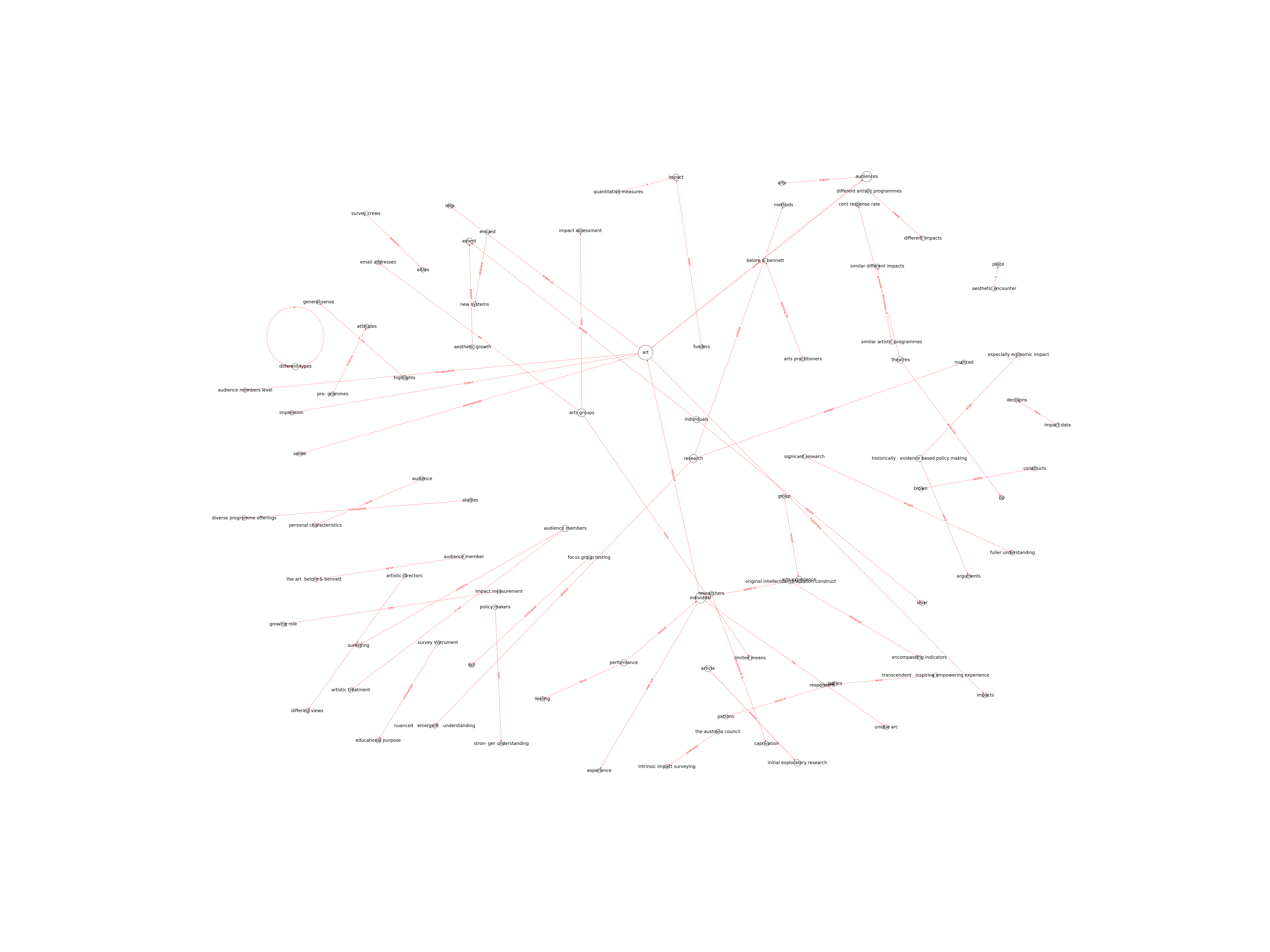| Id | 151 | |
| Author | Brown, A., S.; Novak-Leonard, J., L. | |
| Title | Measuring the intrinsic impacts of arts attendance | |
| Reference | Brown, A.S.; Novak-Leonard, J.L. (2013). Measuring the intrinsic impacts of arts attendance. Cultural Trends, 22(3-4): 223-233. |
|
| Keywords | Intrinsic impact; Public value; Arts benefits; Audience experience; Affect measurement; Customer satisfaction |
|
| Link to article | https://doi.org/10.1080/09548963.2013.817654 |
|
| Abstract | Understanding the value of the arts to individuals, families and communities has long been a query for policy-makers and researchers. At the core of the value system is how individuals are affected and transformed by virtue of participating. Individual arts experiences are the building blocks upon which the larger outcomes of the arts, such as social cohesion and cognitive development, are constructed. Tools for effectively measuring how art affects audiences, however, are just being explored. Anecdotal stories of impact provide helpful information. But as arts groups are called upon to provide more rigorous evidence of the impacts of their artistic pro-grammes, a more systematic measurement approach is needed to convey the intrinsic value of their work. This article reviews initial exploratory research and subsequent research undertaken over the past six years to better understand how art affects audiences, and to develop reliable and replicable measurement approaches. The research has yielded a more nuanced, but still emergent, understanding of the emotional, intellectual, social and aesthetic constructs of intrinsic impact, methods of measuring them, and insight into the limitations and applications of this work for policy-makers and arts practitioners. |
|
| Metodology | This article primarily draws upon research reported in Brown and Novak (2007) and Brown and Ratzkin (2012). Three additional studies contributed to the evolution and refinement of the research approaches discussed in this article, the analytical results of which are not publicly available. The most substantial of these was a pilot study of the audiences and visitors of 27 US arts organizations commissioned by the NEA in 2011. The study used paired pre- and post-performance surveys to capture audience members’ experiences with a cross-section of 19 arts performances spanning various genres of dance, music and theatre presented by six arts pre-senting organizations. Survey packets consisting of a pre-performance survey, a post-performance survey and a postage-paid return envelope were distributed to randomly selected audience members upon their arrival at the performance location. As the research methods evolved, focus turned to developing analytical approaches, exploring data visualization techniques, and creating automated reporting tools. |
Technique | Questionnaire; Document analysis |

Note: Due to lack of computing power, results have been previously created and saved in database


